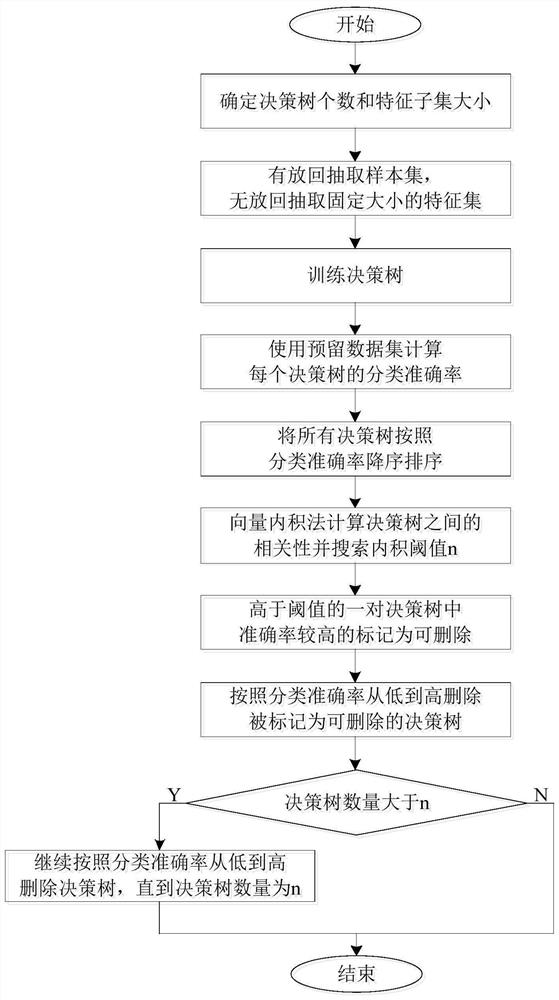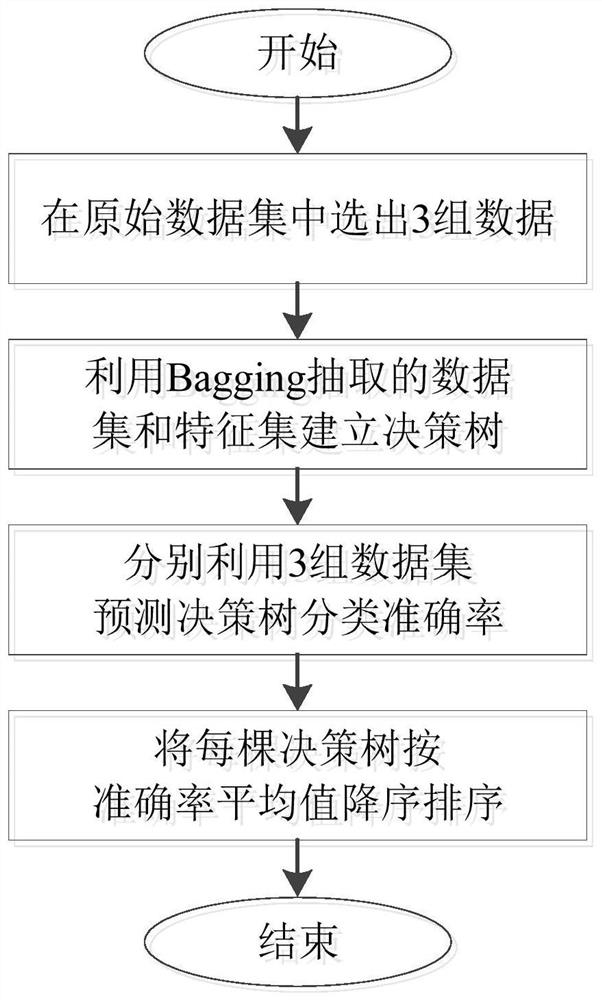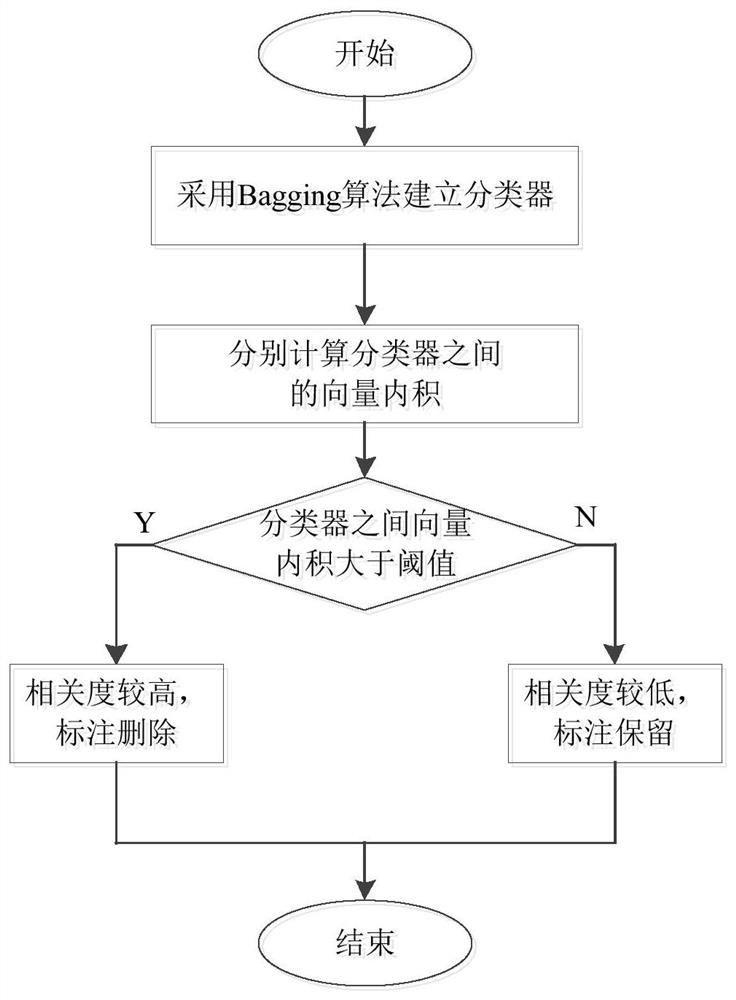Signal random forest classification method, system and device based on decision tree accuracy and correlation measurement
A technology of random forest classification and correlation measurement, which is applied to computer parts, character and pattern recognition, instruments, etc., can solve the problems of low classification accuracy and low signal classification accuracy, and achieve improved recognition accuracy and good classification Results, effects of general applicability
- Summary
- Abstract
- Description
- Claims
- Application Information
AI Technical Summary
Problems solved by technology
Method used
Image
Examples
specific Embodiment approach 1
[0041] This embodiment proposes a signal random forest classification method based on decision tree accuracy and correlation measurement.
[0042] According to the principle of the random forest algorithm, when the random forest algorithm builds a decision tree, the sample set and feature set are randomly selected. Such randomness may lead to unsatisfactory classification effects of some decision trees. A decision tree with a poor classification effect contributes less to the final classification. Therefore, the present invention uses three sets of reserved data sets for each generated decision tree to predict, and uses classification accuracy as an evaluation index, and arranges all decision trees in descending order according to the value of the average classification accuracy.
[0043] It can also be seen from the principle of the random forest algorithm that since the decision tree is built using sampling with replacement, there may be a situation where two decision trees...
specific Embodiment approach 2
[0064] This embodiment is a signal random forest classification system based on decision tree accuracy and correlation measurement, which is used to implement the signal random forest classification method based on decision tree accuracy and correlation measurement described in the first embodiment.
specific Embodiment approach 3
[0066] This embodiment is a signal random forest classification device based on decision tree accuracy and correlation measurement, which is used to store and / or run the signal random forest classification system based on decision tree accuracy and correlation measurement described in the second embodiment.
PUM
 Login to View More
Login to View More Abstract
Description
Claims
Application Information
 Login to View More
Login to View More - R&D
- Intellectual Property
- Life Sciences
- Materials
- Tech Scout
- Unparalleled Data Quality
- Higher Quality Content
- 60% Fewer Hallucinations
Browse by: Latest US Patents, China's latest patents, Technical Efficacy Thesaurus, Application Domain, Technology Topic, Popular Technical Reports.
© 2025 PatSnap. All rights reserved.Legal|Privacy policy|Modern Slavery Act Transparency Statement|Sitemap|About US| Contact US: help@patsnap.com



